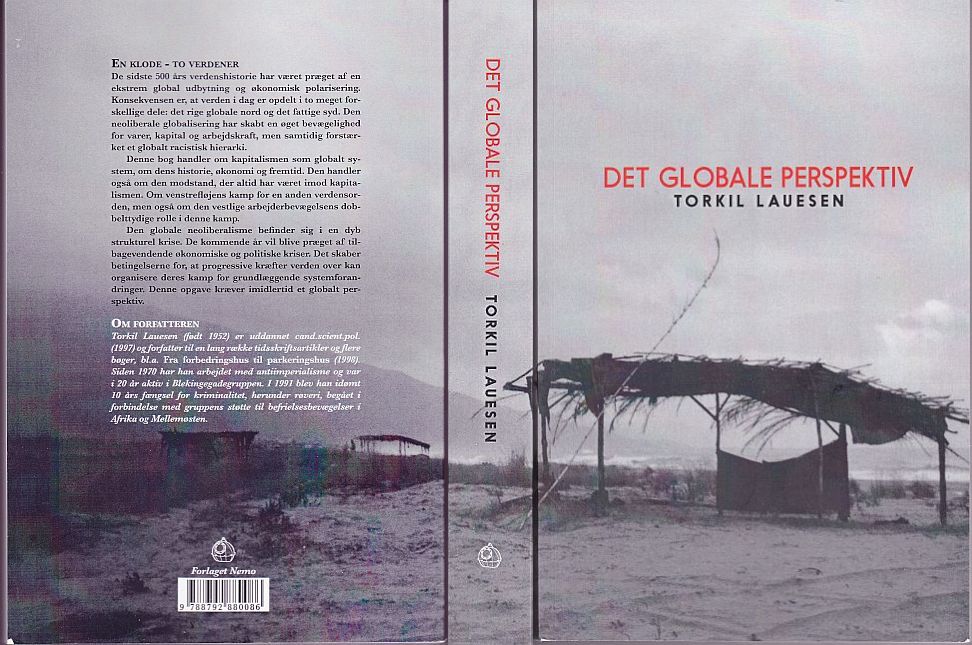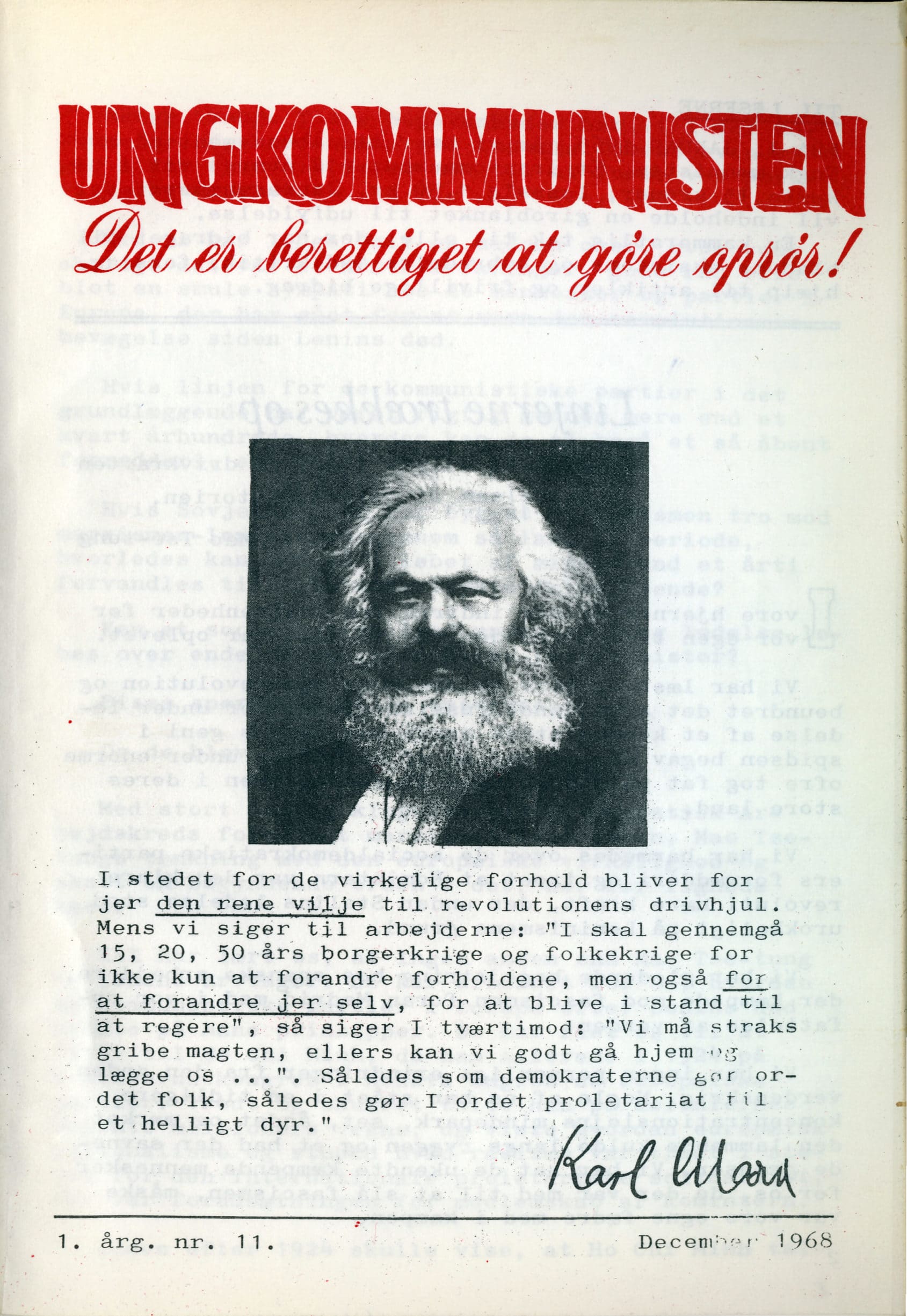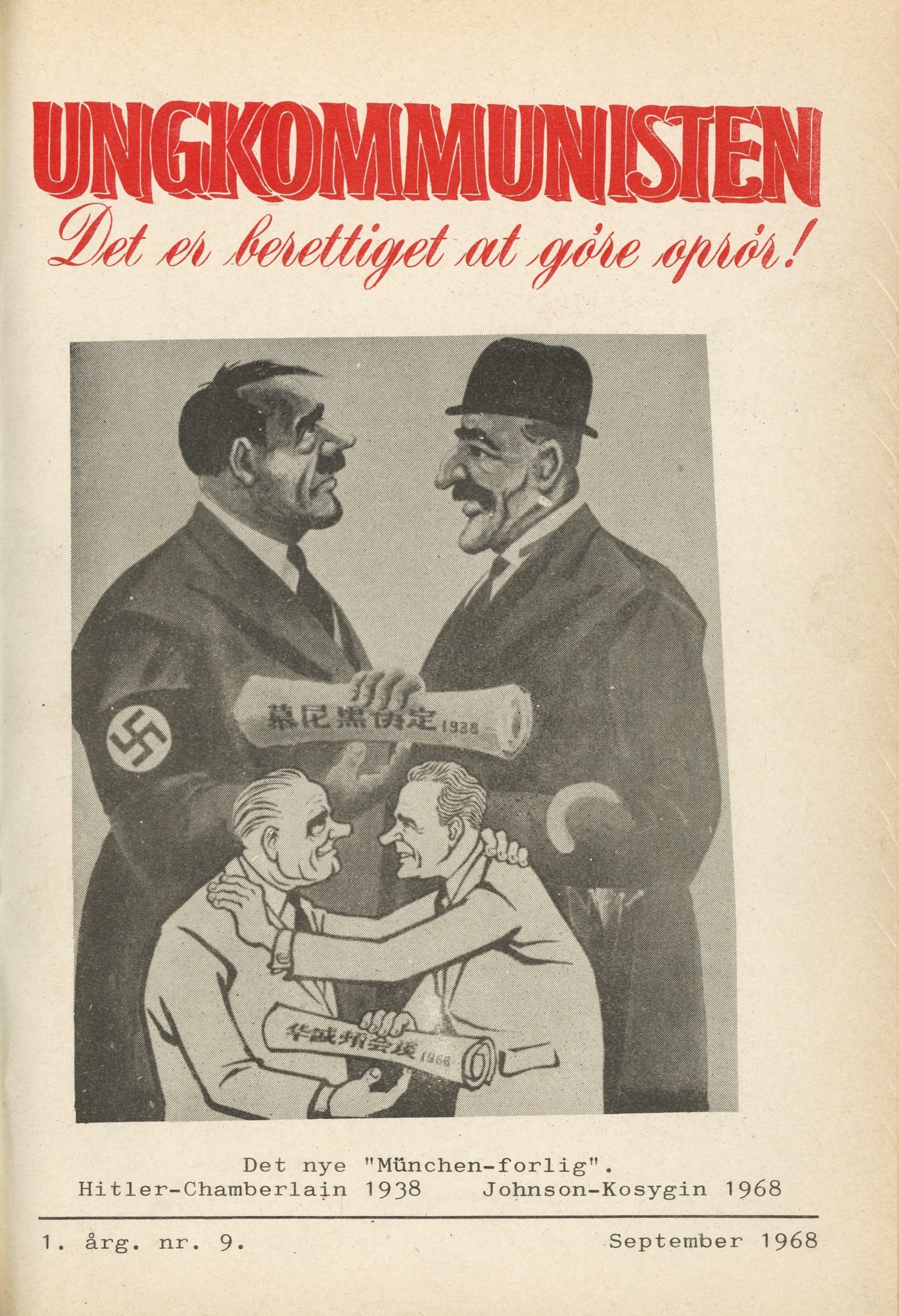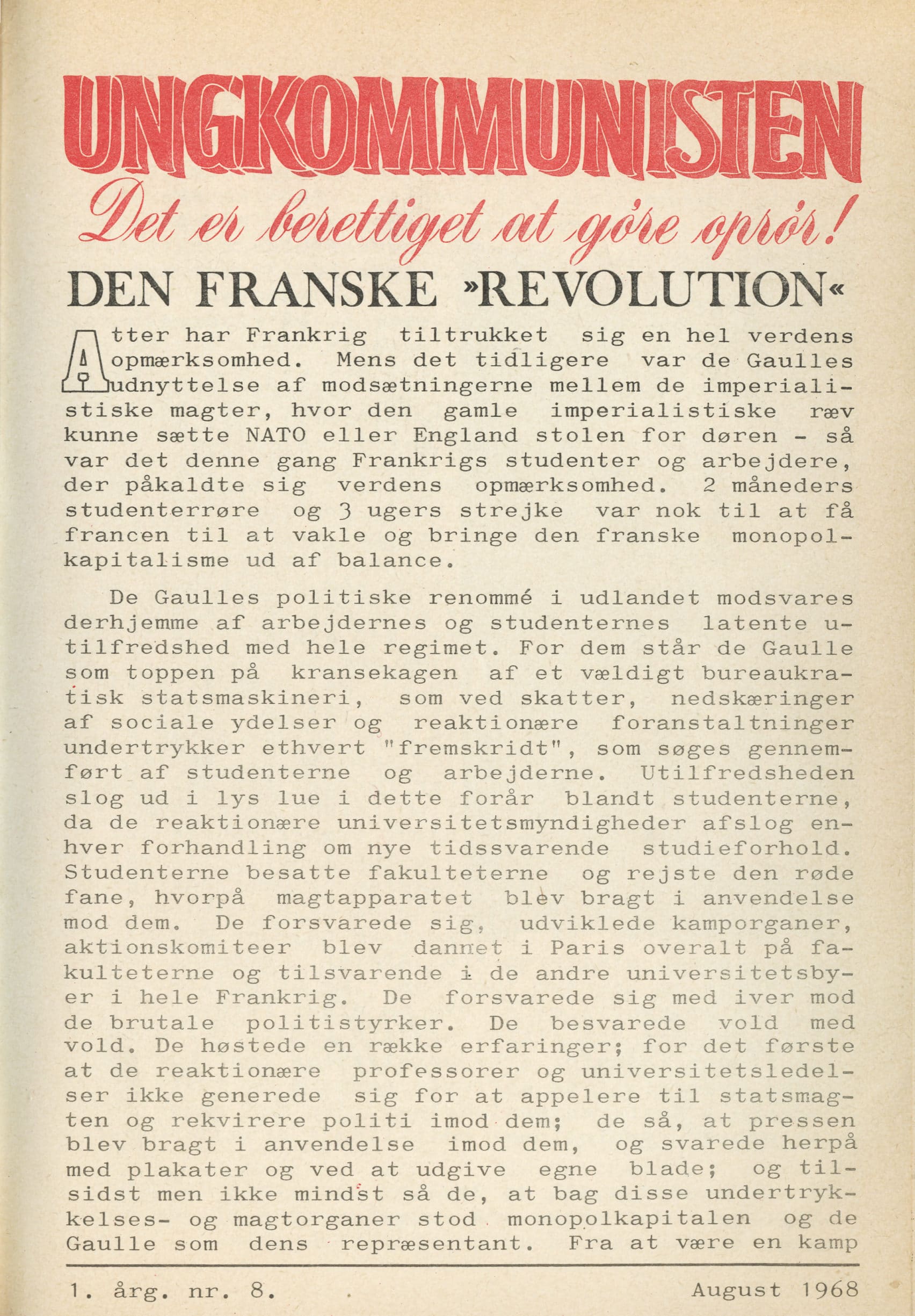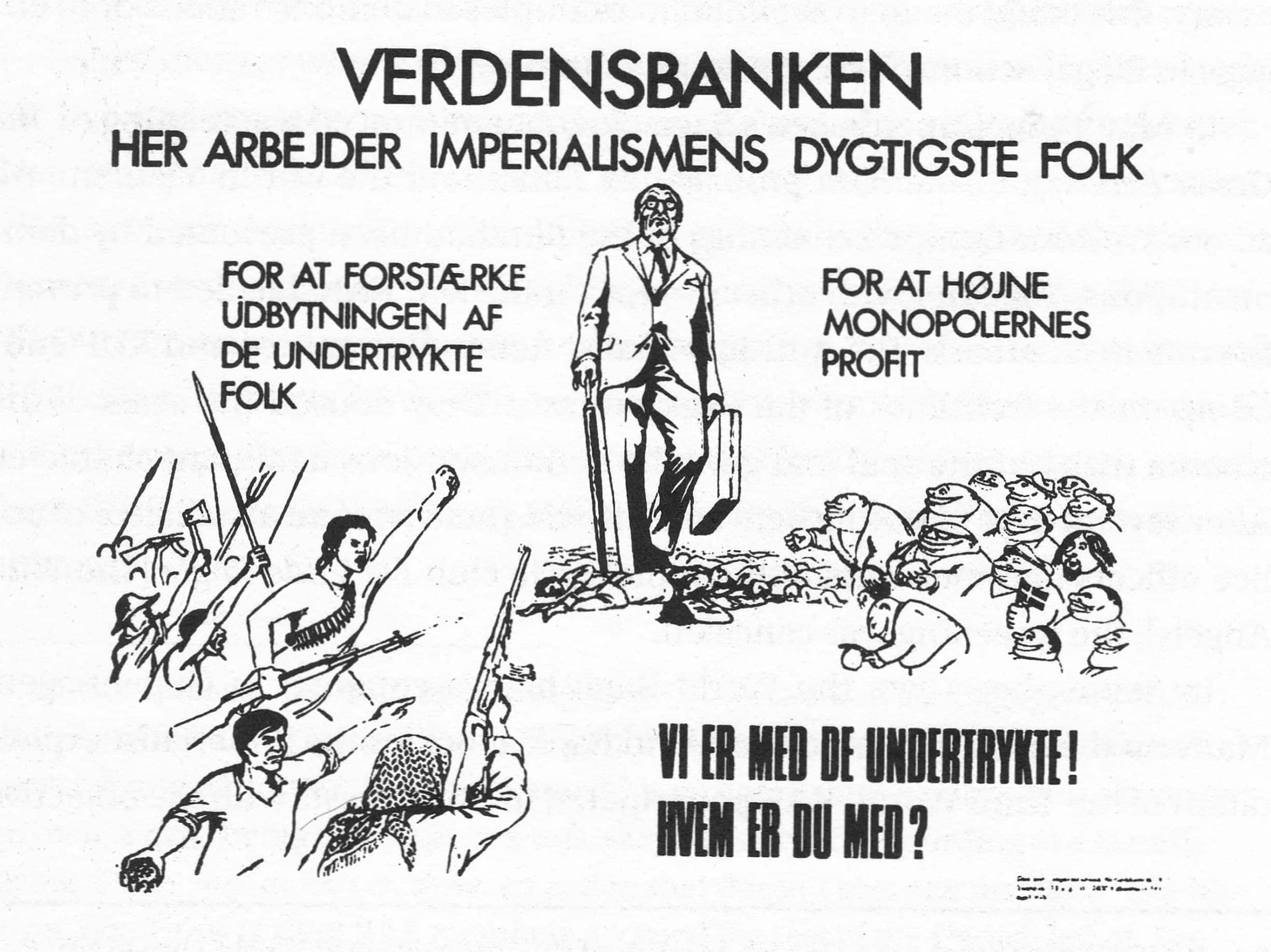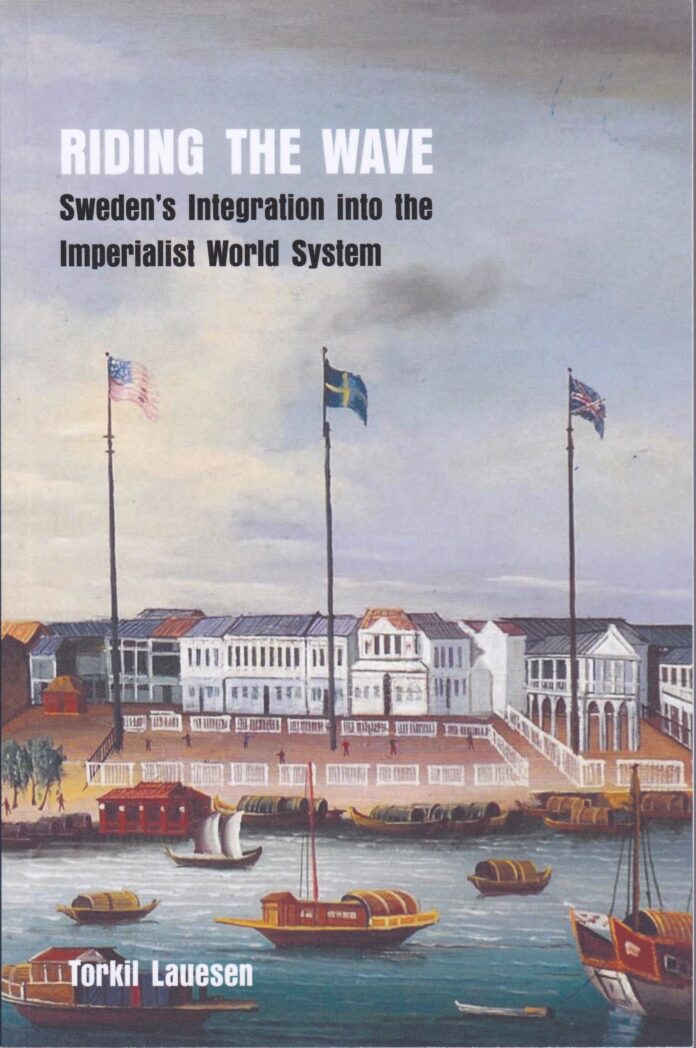Note from the author
In common English usage, Finland, Iceland, the Faroe Islands, and several other smaller islands are often considered part of Scandinavia. For the purposes of this book, however, the term refers only to the countries of Denmark, Sweden, and Norway. These three countries emerged as king-doms in the period between the 10th and 13th centuries, and then became one kingdom—the Kalmar Union—in 1387, under Queen Margaret I of Denmark. Sweden was part of the union until 1523, when it became independent. Up until 1808 Finland was a province of Sweden. Norway was part of Denmark until 1814, when it entered a “personal union” with Sweden, with a common foreign policy and king. Norway became fully independent in 1905.
Over 10 million people live in Sweden today (compared to 5.3 million in Norway and 5.8 million in Denmark), and the three largest Swedish cities are Stockholm, Gothenburg, and Malmö.
Today one in five inhabitants were born outside of the country.
The gross household income in International PPP$ in Sweden is the third highest in the world (behind Luxembourg and Norway) at $50,514 ($18,632 per capita), as compared to $43,585 ($15,480 per capita) in the United States—or $1,080 per capita in South Sudan and $1,320 in Liberia, countries which (as we shall see) are not as distant from Sweden as one might assume.
Contents
Introduction . . . 7
Sweden: National and Historical Context . . . 11
Early colonialism and the slave trade . . . 13
Imperialism without colonies . . . 18
From emigrants to settlers . . . 21
German imperialism and the “Congo Conference” in Berlin . . . 29
How industrial capitalism came to Denmark . . . 35
How industrial capitalism came to Sweden . . . 41
A revolutionary beginning and a breakthrough for reformism . . . 44
The birth of the welfare state . . . 52
Getting rid of Lenin . . . 60
The civil war in Finland . . . 62
Swedish capitalism in the interwar period . . . 65
The Stockholm School of Economics . . . 69
The division of power . . . 73
Imperialism and the split in socialism . . . 75
The split in Sweden . . . 77
Sweden and Nazi Germany . . . 81
The Swedish far right . . . 85
Sweden in the American World Order . . . 88
Swedish neocolonialism . . . 91
Patrice Lumumba and Dag Hammarskjöld . . . 95
Olof Palme . . . 106
A capitalist path to socialism? . . . 111
Capitalism under pressure . . . 119
The neoliberal breakthrough . . . 121
Neoliberalism in Sweden . . . 124
The Global Perspective and Sweden’s Role Within Imperialism . . . 129
The new global division of labor . . . 131
Global production chains . . . 134
Labor arbitrage . . . 137
The happy and sad smiley curves . . . 139
The global distribution of value . . . 144
Sweden’s position in globalized capitalism . . . 147
H&M . . . 151
IKEA . . . 154
Lundin Petroleum . . . 155
Swedish imperialism in the Baltic . . . 158
The Swedish arms industry . . . 160
More than their chains to lose . . . 164
Pensions . . . 168
A nation of rentiers . . . 170
The hourglass society . . . 171
The Global Perspective: Geopolitical Developments and the Crisis of Neoliberalism . . . 173
The political crisis of neoliberalism in the Global North . . . 175
The crisis of neoliberalism and the rise of China . . . 179
Spontaneous rebellion . . . 186
Rivalry . . . 187
The position of Scandinavia in a multipolar world system . . . 190
The climate crisis . . . 194
The multiple crises of capitalism . . . 199
Current Situation and Prospects . . . 205
The current political landscape in Sweden . . . 207
Right-wing populism . . . 208
The left . . . 210
Toward a transnational anti-systemic movement . . . 214
Bibliography . . . 219
About the Author . . . 249
Tables and Figures
Table 1. Industrial Disputes in Sweden, 1932–1936 . . . 80
Table 2. German Imports of Swedish Iron Ore,1933–43 . . . 82
Figure 1. Real Wage Rates of Labourers in Stockholm and of Male Agricultural Labourers in Sweden, 1732–1914 . . . 49
Figure 2. The Distribution of the Global Industrial Labor Force, 1950–2010 . . . 133
Figure 3. Average Hourly Compensation in Manufacturing, 2017 . . . 137
Figure 4. The Smiley Curve . . . 140
Figure 5. How Wage Levels Influence Value and Price Formation in the Global Economy . . . 140
Figure 6. Employees of Transnational Swedish Companies, 1990–2018 . . . 150
Figure 7. Employees in Swedish Companies in Sweden, 1996–2018 . . . 150
Om forfatteren / About the Writer
Aktivist og forfatter, Medlem at Internationalt Forum.




